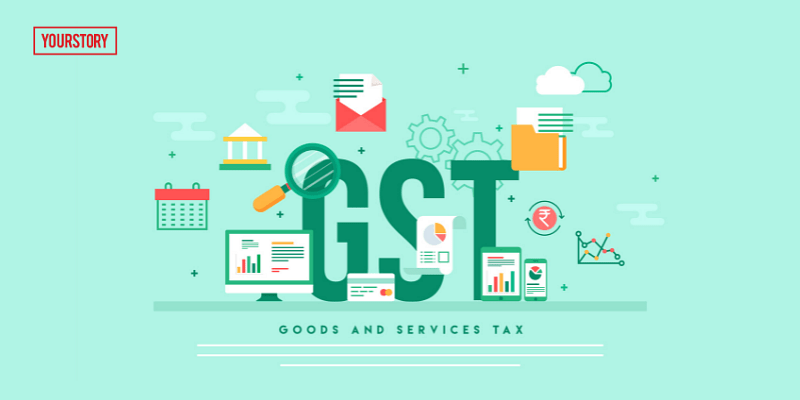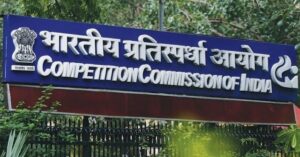Whether it is a monthly, quarterly, or annual return, performing reconciliation is mandatory before filing returns. Till now, it didn’t matter much as to how and when businesses performed a reconciliation. But now, it’s time to focus more on your reconciliation task as the government makes crucial changes to the law effective 1st January 2022, including initiating recovery proceedings when sales are under-reported in GSTR-3B and the removal of provisional ITC.
Relation between GSTR-1 & 3B
Usually, businesses upload sales at the invoice level in the GSTR-1 and report summary figures of sales, ITC claimed, and net tax payable in GSTR-3B. It is to be noted that the liability to make GST payment arises while filing GSTR-3B but not with GSTR-1. Using this gap in the law, businesses were uploading all invoices in GSTR-1 but suppressed the summarised sales figure in GSTR-3B to reduce/postpone the GST payment.
To monitor such instances, the department used to recover the short/unpaid taxes compared with GSTR-3B without issuing any show-cause notice and initiated the recovery proceedings. Now, the department took a step ahead and notified section 16(2)(aa) to include the tax due on outward supplies reported in GSTR-1 but not reported in GSTR-3B.
Hence, now taxpayers have to perform more frequent reconciliations between GSTR-1 and GSTR-3B at the invoice level. With this, totals of relevant tables in GSTR-1 must match with the summary values in GSTR-3B.
Carrying out this reconciliation is very important as it will help in avoiding recovery proceedings by the department.
Importance of provisional ITC
Even though provisional ITC was reduced from 20 percent to 5 percent, it helped businesses claim the ITC, which is missing in GSTR-2A/2B. Also, due to the benefit of provisional ITC, businesses might have performed ITC reconciliation monthly/quarterly.
Further, they could have requested vendors to upload the missing invoices or correct the unreconciled invoices without holding their payments. In this way, provisional ITC allowed defaulting vendors to rectify their mistakes without any cost.
What changed from January 2022?
However, from January 2022, ITC claims have been restricted to GSTR-2B alone, i.e., no more provisional ITC. So, taxpayers should start performing ITC reconciliations either weekly or based on their payment cycle to claim eligible ITC.
What should businesses do now?
Amidst these amendments, reconciliation demands more attention. Businesses have to now start using tech-based products to perform reconciliations and automate their ITC claim process.
Making manual interventions comes with the risk of errors. Hence, businesses should adopt emerging technologies to completely automate ITC claims using features such as:
– Auto-populating data to GSTR-3B from GSTR-1 and 2B
– Automated reconciliations using AI-based matching
– Integrating ERP to track vendor payments at the invoice level etc.
Also, the solution should perform frequent reconciliations instantly to identify mismatches and help claim 100 percent eligible ITC. Few tech-based solutions also provide insightful reports such as GSTR-3B vs GSTR-1 vs books, GSTR-3B vs GSTR-2B vs books, etc., with a click of a button. Lastly, the solution should provide a real-time vendor communication module to make it a more effective and smooth reconciliation.
(Disclaimer: The views and opinions expressed in this article are those of the author and do not necessarily reflect the views of YS.)









